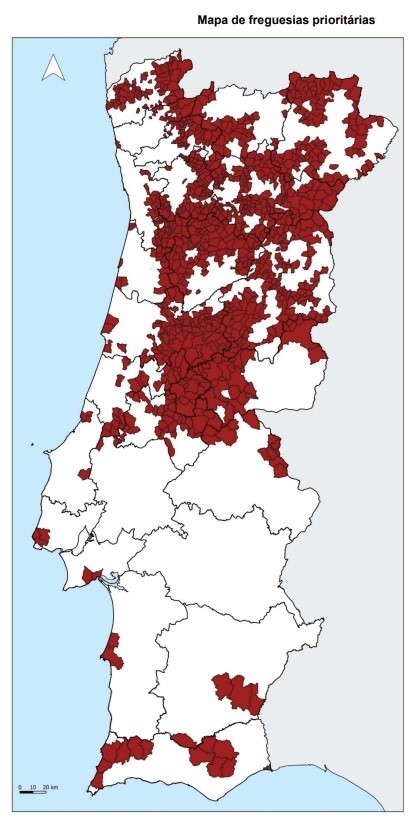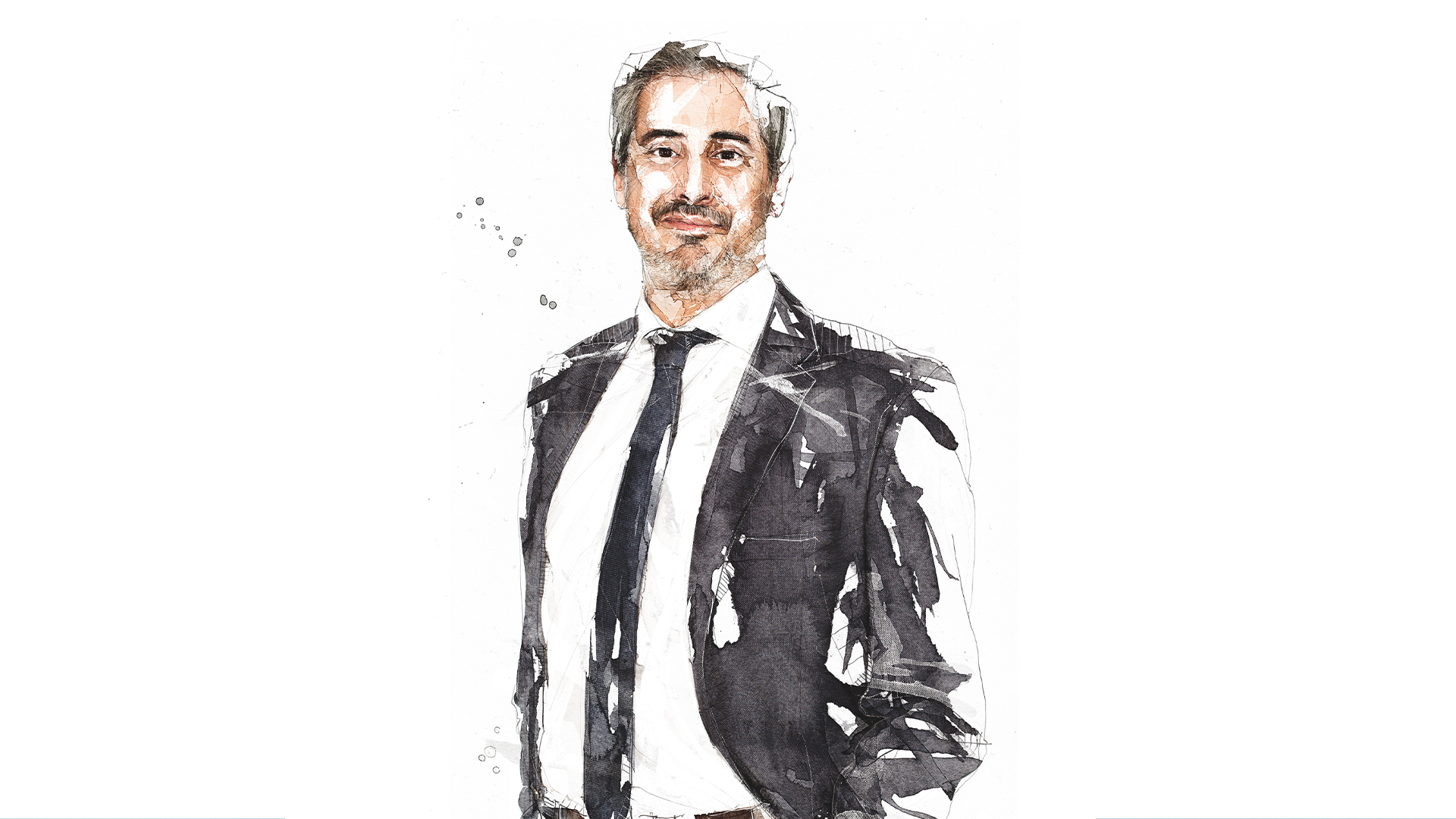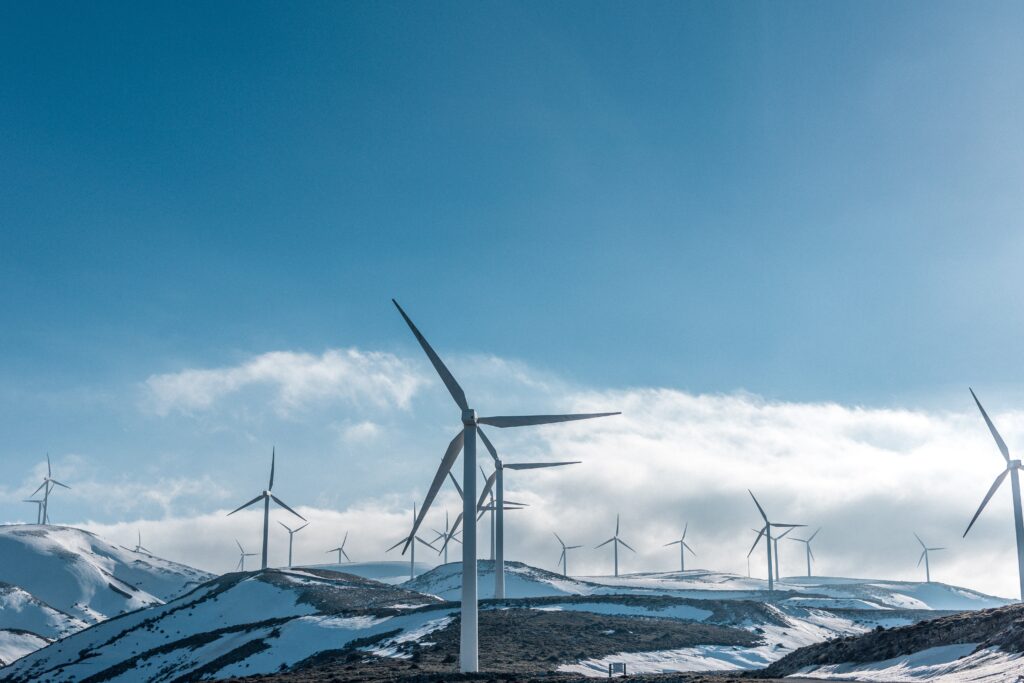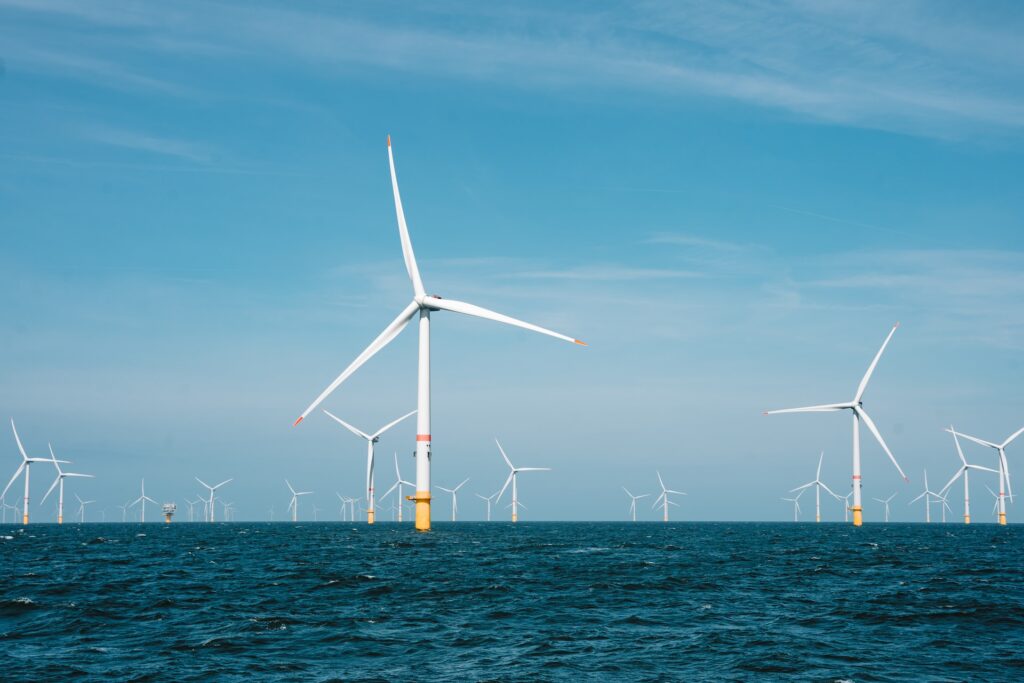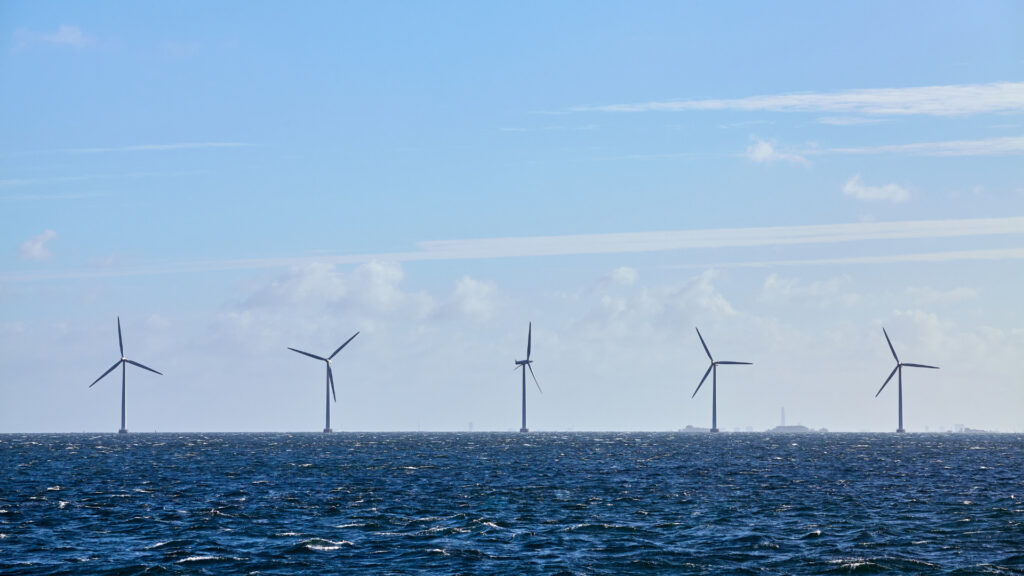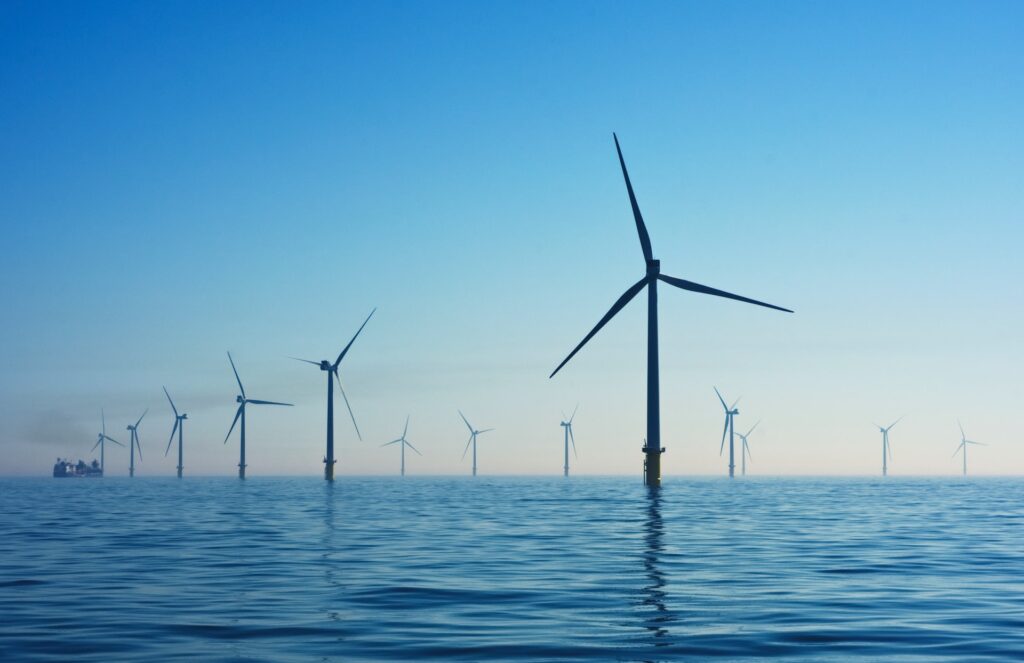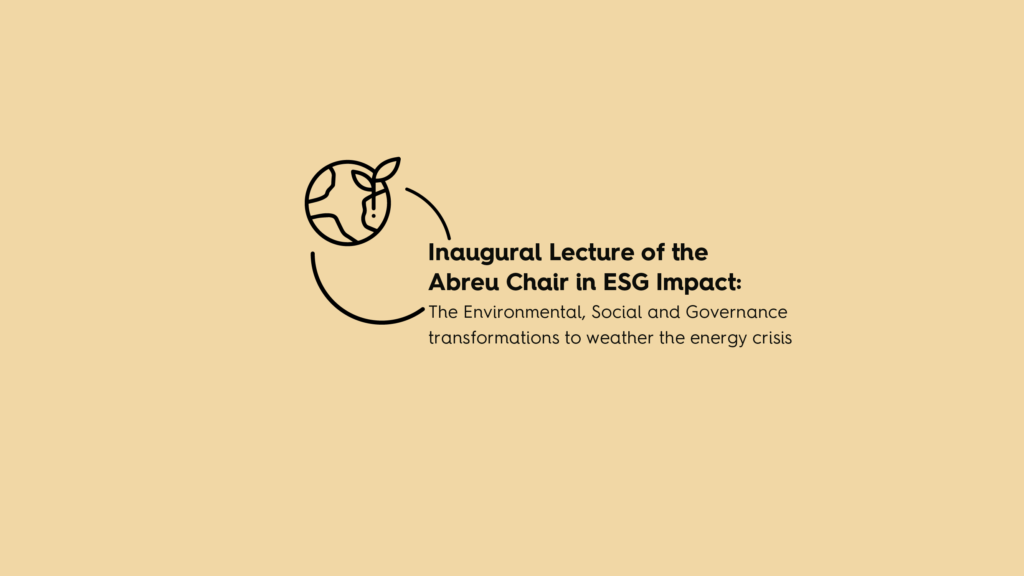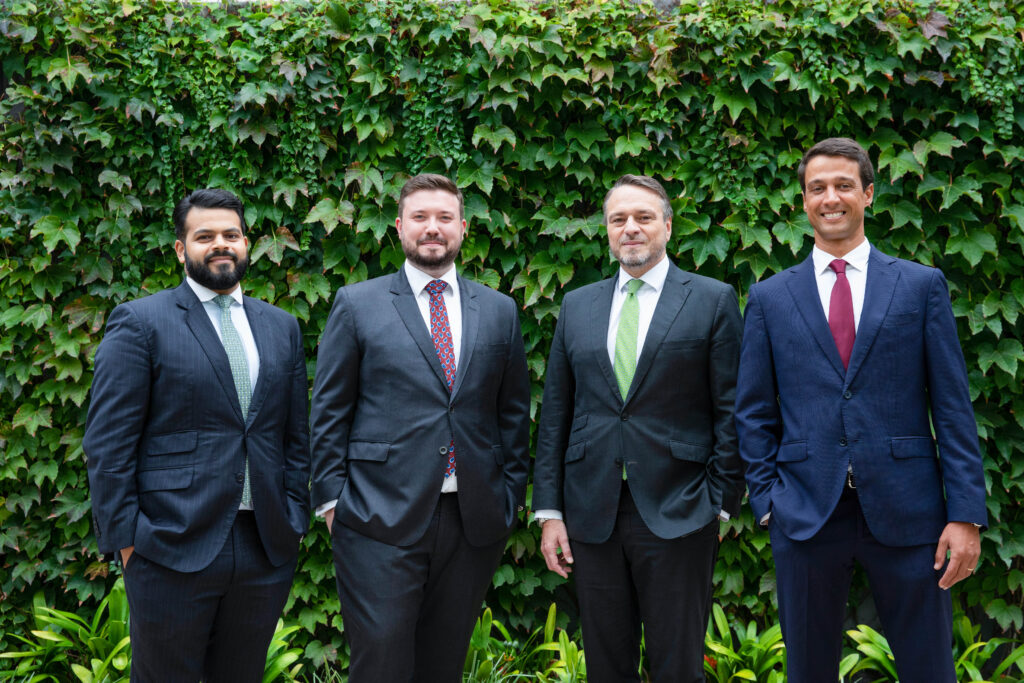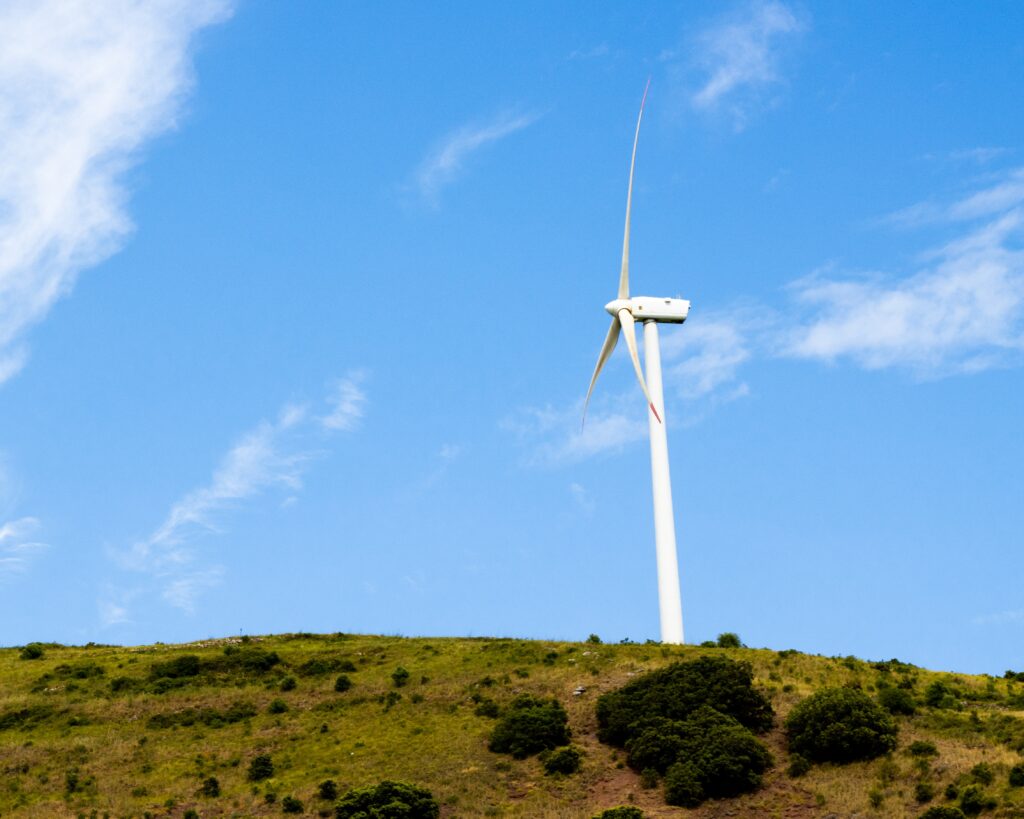29.02.2024
Practice Areas: Public and Environment
Forest Fire Prevention | Surveillance of fire fuel management 2024
The 991 priority parishes (“freguesias”) for the purposes of monitoring fire fuel management in 2024 were identified by Order no. 2171/2024, which has come into force on February 28.
The criteria for selecting parishes remained the same as those adopted since 2022, as mentioned in the aforementioned order, which incorporates the components of cyclical rural fire danger and the value of ecosystems.
The parishes identified cover 2,844,170 hectares; corresponding to 32% of the surface area of mainland Portugal and encompass 1,983,590 hectares of forest (37% of the total area).
Surveillance and those responsible for the management
Given that the sub-regional action programs for integrated rural fire management, where the secondary network areas are defined, are in the process of being drawn up or approved, and also considering that article 79(4) of Decree-Law 82/2021, of October 13, in its current wording, provides, on a transitional basis, for the applicability of the provisions of Decree-Law 124/2006, of June 28, regarding fire fuel management obligations in the secondary network.º 124/2006, of June 28, in its current wording, relating to fire fuel management obligations in the secondary network of fire fuel management strips, the measures and actions within the scope of the National Forest Fire Protection System (SNDFI) shall apply on a transitional basis. By reference to the SNDFI, the type of strips and deadlines provided for therein are also adopted.
In other words, the rules for secondary networks of fire fuel management strips apply.
Thus, the monitoring of fire fuel management in the parishes is carried out as follows:
Between May 1 and 31, 2024 in the following bands:
- owners, tenants, usufructuaries or entities that, in any capacity, own land adjoining buildings in rural areas, are obliged to carry out fire fuel management in a strip of the following dimensions:
– a width of not less than 50 m, measured from the exterior masonry of the building, whenever this strip covers land occupied by forest, scrub or natural pasture;
– a width defined in the Municipal Plan for the Defense of the Forest Against Fire (PMDFCI), with a minimum of 10 m and a maximum of 50 m, measured from the exterior masonry of the building, when the strip covers exclusively land occupied by other occupations.
- Population agglomerations in or adjoining forest areas, and previously defined in the PMDFCI, fire fuel management is mandatory in an outer protection strip with a minimum width of not less than 100 m. In view of the danger of rural fires on a municipal scale, another width may be defined in the respective municipal forest fire protection plans.
- campsites, industrial parks and polygons, logistics platforms and sanitary landfills within or adjoining forest areas previously defined in the PMDFCI, fire fuel management and maintenance of a surrounding strip with a minimum width of no less than 100 m is mandatory; it is the responsibility of the respective management entity or, in the absence thereof or failure to comply with its obligation, the city council (“câmara municipal”) to carry out the respective work, which may, for this purpose, trigger the necessary mechanisms to reimburse the expense incurred.
Between June 1 and 30, 2024, in the forest areas previously defined in the PMDFCI, it is mandatory for the responsible entity:
- for the road network: provide fire fuel management on a side strip of adjoining land no less than 10 m wide;
- for the railway network: provide fire fuel management on a lateral strip of adjoining land counted from the outer rails at a width of not less than 10 m;
- for the very high voltage and high voltage electricity grid and distribution lines: provide fire fuel management in a strip corresponding to the vertical projection of the outer conductor cables plus a strip no less than 10 m wide on either side;
- for the medium-voltage electricity grid and distribution lines: provide fire fuel management in a strip corresponding to the vertical projection of the outer conductor cables plus a strip no less than 7 m wide on either side;
- for the natural gas transmission network (pipelines): provide fire fuel management on a lateral strip of adjoining land no less than 7 m wide on each side from the axis of the pipeline.
In addition to this surveillance, the Integrated Rural Fire Management System continues to be monitored at all times in mainland Portugal, especially in areas affected by fires in recent years.
When it is not the municipality, the prosecuting authority must notify the respective city council of the notice, preferably within 48 hours, without prejudice to the fact that the administrative offense notices will be sent to the competent authority for the investigation of the case within a maximum of five days after the unlawful event has occurred.
Map of priority areas
The parishes identified on the map below are priority areas for fire fuel management enforcement, and the full list can be found here.
